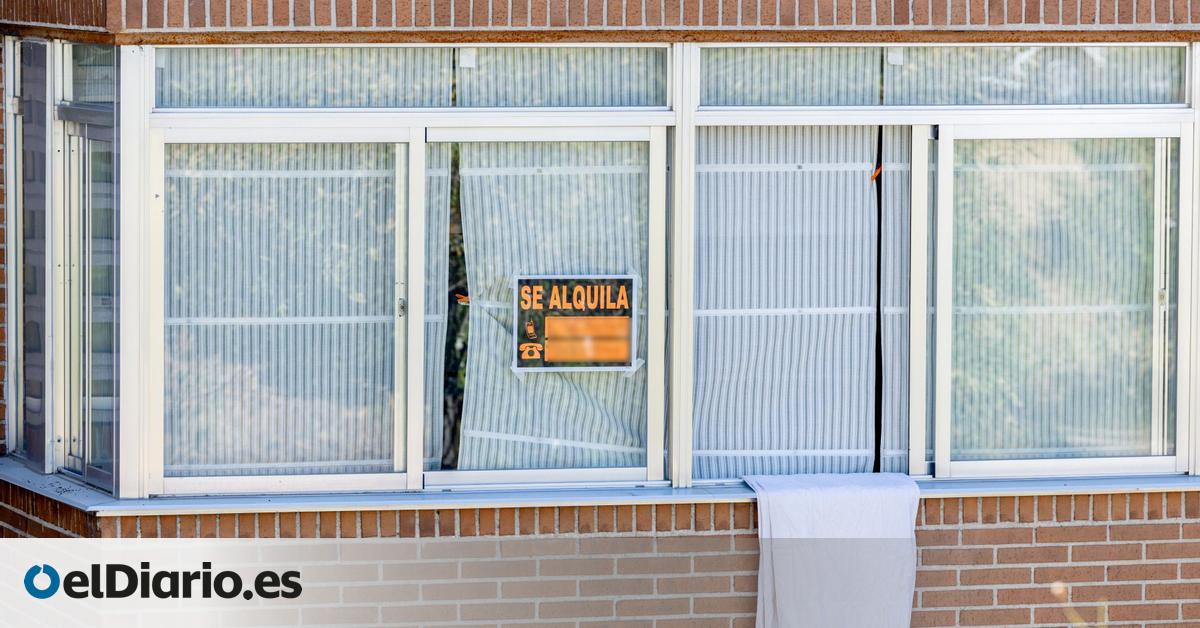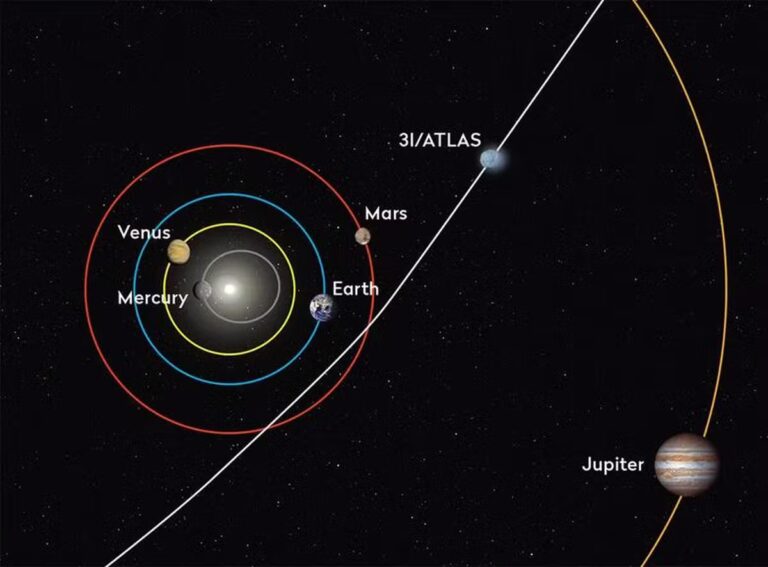
Inflation, revealed this Friday, is the highest since June 2024, pushing up rental price renewals that will require a review in November this year. In total, owners of homes eligible for renewal in November will be able to increase rents to tenants by 2.25%, the highest since the National Institute for Statistics published the Residential Rental Reference Index from January last year.
The interest rate is one of the mechanisms included in state housing laws to keep rental prices in check. With this, the government aimed to decouple the annual rent renewals that owners can request from the CPI and “avoid disproportionate price increases” if inflation exceeds 2%. In this case, tenants could face a 2.25% rent increase, while the cost of living has increased by 3.1%, particularly due to the impact of necessities such as electricity, transportation and eggs.
The index took effect on January 1, 2025, and has hovered around 2% since then. However, as seen in the following graph, it has been steadily increasing since June.
In any case, this indicator does not affect all contracts. Those signed before the law takes effect in May 2023 will continue to be linked to the CPI, so the increase could be as much as 3.1%. For example, a tenant who signs a contract for 1,000 euros per month and starts living in their current residence in November 2022 could face an increase of up to 31 euros per month (372 euros per year), while a tenant in the same situation who signs a contract in the same month in 2023 will pay an additional fee of up to 22.5 euros per month (270 euros per year).
New contracts are also excluded from this rate, but in this case focus areas will be affected. Whenever a focus area is declared, the price of the new contract will be linked to the previous contract or to the reference index determined in each case. Today, these regions are home to a total of approximately 9 million people, mainly in Catalonia, Euskadi and Navarre, but also in Galicia.
The index, which is scheduled to enter its first year next month, triggers what the Ministry of Economy and Housing calls a “corrective mechanism” when inflation exceeds 2%. If the general consumer price index or the basic consumer price index excluding energy and fresh food prices is lower than that rate, the lower is used as the standard. If they are higher, as in this case, a “midpoint” is determined through a formula that takes into account both data, economics estimates, and factors based on market conditions.



